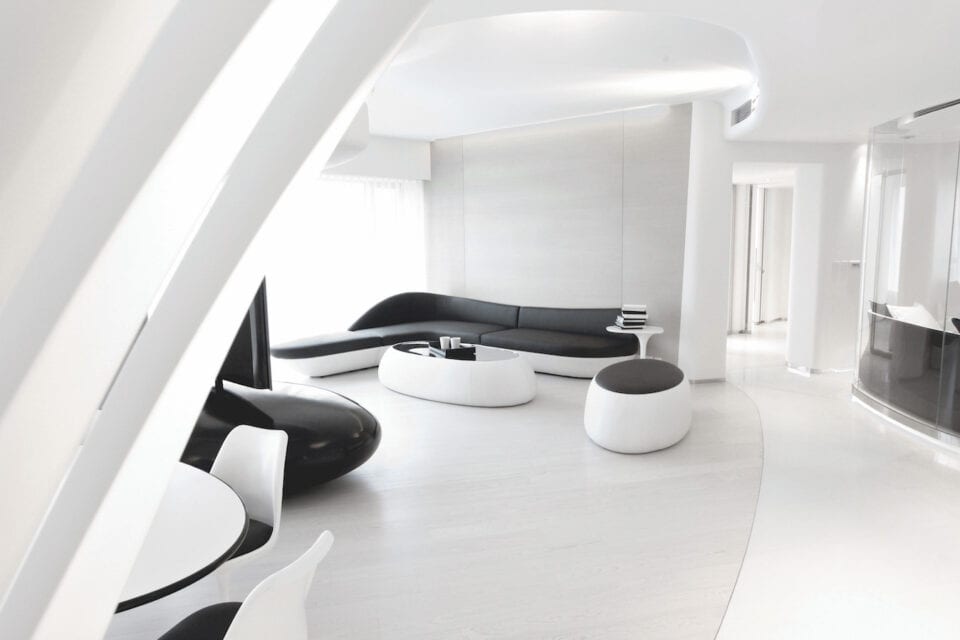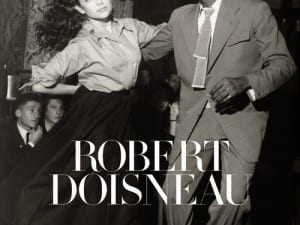Alexander Wong is an award-winning architect who specialises in luxury homes as well as avant-garde architectural and interior design for residential, retail, leisure, hospitality and cultural Projects. A new monograph, Archiphantasy, features the firm’s most ambitious projects to date. Upon release of the publication, Wong discusses his inspirations and an innovative approach to design.

A: Where did your interest in interior design begin?
AW: My interest in the arts started when I was very young. I’ve been told that I drew on the walls with dire consequences even as a toddler. But perhaps what inspired me most about functionality with interiors was the farmhouse my Grandmother designed and built back in 1920s at Taishan (also known as Toisan) in the Guangdong province of China. It is an ingenious design filled with innovative surprises. The staircase is almost Shaker-like in design. At the entrance, there is a giant monolithic stone tray with drainage where one can wash away the mud from the fields. The visit made an indelible impression on me. I think building a house changes you forever.
A: Who are your biggest inspirations?
AW: Besides my Grandmother’s House in Taishan, everything inspires me – nature, astronomy, anatomy, animals, plants, history, paintings, sculptures, films, music, science, industrial design, technology, mythology, food, literature, philosophy, mathematics – just about everything in this universe. But with architects, I would have to say Scarpa, Kaplický, Gray, Reich, Plečnik, Michelangelo, Gaudi, Kahn, Nouvel and a few more.
A: You launched Alexander Wong Architects in 2001. What design ethos did you establish with this company?
AW: We believe design firms that are stuck in their old ways will wither away before they know it. So, we never wanted to have a motto – some vision or mission – except to always stay as innovative and as open-minded as long as we can. Another thing we do believe in is that design is an innovative discipline based on culture. And by culture, we refer to anything from ethnic, national, industry, institutional and corporate to family culture.

Also, we work with some of the best designers in the world because we give them an opportunity to search and explore their own paths in their design journey as an individual. We have a special way of training and allowing each individual to find their own light. And we believe human civilisation is made up of these individual “lights” and they gather together to create a fiery brilliance unlike anything we could possibly imagine. This collective energy (or consciousness) is what’s so special and unique about this universe.
A: You’ve won many awards and been selected in the Top 100 Architecture & Design Talents in China. How do you define success?
AW: Success is usually a complete illusion if not an outright lie. Success compared to what and to whom – Michelangelo’s or Da Vinci’s or someone down the street? My definition of this illusive term is to learn something new (and hopefully sometimes even profound) every single day of your life.
A: What does ‘Archiphantasy’ mean to you?
AW: ‘Archiphantasy’ is a hybrid word describing an anthology of many things we have done in the past 15 years or so. In the book, we have four distinct sections including Dreamscape, White Caves, Palais Communeand Phantasywhich is the section with all the architectural writings. It is a way of looking back in time and make some sense out of it. Creating meanings in our existence is of extreme importance, as always. The reason why there is so much confusion and sadness in the world is because everything is becoming so meaningless and pointless.

A: Your works have been labelled as ‘futuristic’ and ‘glamorous’. How would you describe your practice?
AW: Firstly, to quote T.S. Eliot: “Time present and time past are both perhaps present in time future, and time future contained in time past. If all time is eternally present all time is unredeemable.” I think we can’t talk about what is futuristic or not futuristic unless we fully understand the nature of time – which we don’t. Not really. Look at the incredible designs by the ancient Egyptians or Mayans; they look totally “futuristic” to me and to many others as well.
“Glamour” is tied up with not fully understanding the true nature of the beast. According to Virginia Postrel, an American political and cultural writer: “Glamour is a beautiful illusion – the word originally meant a literal magic spell that promises to transcend ordinary life and make the ideal real. It depends on a special combination of mystery and grace. Too much information breaks the spell.” Therefore, we do a lot of studies on subliminal visual messaging and on the human subconscious as well which is a very important part of any design in any discipline.
How important is imagination and crafting a unique and recognizable style?
AW: I know that this is what a lot of designers make as one of their career goals in terms of strategy. But we don’t really think that way anymore, with the belief that it is totally passé unless you wish to time travel back to the 1980s. Not only is it on the way out, it is basically too self-serving and not that interesting in the end. We look at fashion, like what Gucci is doing under Alessandro Michele. The current zeitgeist is very different from the past and more so now with what’s happening to us as a civilization than ever before. Having said that, we do apply a few “styles” we have created throughout the years to various projects and we call them Futura, Luxe, Natura, Deco, Gothic, Classical and Exotica, just to name a few.

Currently, there is a very popular style which is based on Art Deco mixed with the pastel colours from the 1950s. And I guess there is reason for this as it reflects our current zeitgeist – which is our society with the extreme rich versus everyone else which harks back to the Great Depression era – yet mixed with the sugary coated naiveté from the 1950s to make things slightly more palatable for the Millennials. It’s both pop on the surface yet quite profound underneath.
A: What are you currently working on / looking forward to?
AW: The current scenario for any industry – not just ours – could be described with the most recent James Bond movie titles: No Time To Die or Die Another Day, suggesting that even the toughest might not survive. Having said that, there are always opportunities with silver linings even at the darkest moments. Miracles do happen if you seek hard enough. We are currently busy exploring opportunities related to the backlash of the pandemic on mass tourism. As we know, the ban on travel has seriously affected everything from hospitality and catering to the aviation industries.
We have recently started to collaborate with another foreign company on the design of luxury interiors for private yachts as we see there will be a rise in demand. Also, as one’s travel habits change with much less travelling abroad, there will be an emphasis on upgrading one’s own private residence. So, luxury homes will be another huge area of growth. We are also currently working on three hotels all under construction in Asia including one in Phuket, a Supermarket in Shanghai, another significant high-rise office tower with its foundation already completed, and building a concept Cine-Mall prototype for the next generation of cinemas in China, amongst other projects. After 2020, who knows what will happen?
Archiphantasy available now from Images Publishing. For more information, click here.
Credits: All images courtesy of Alex Wong.





